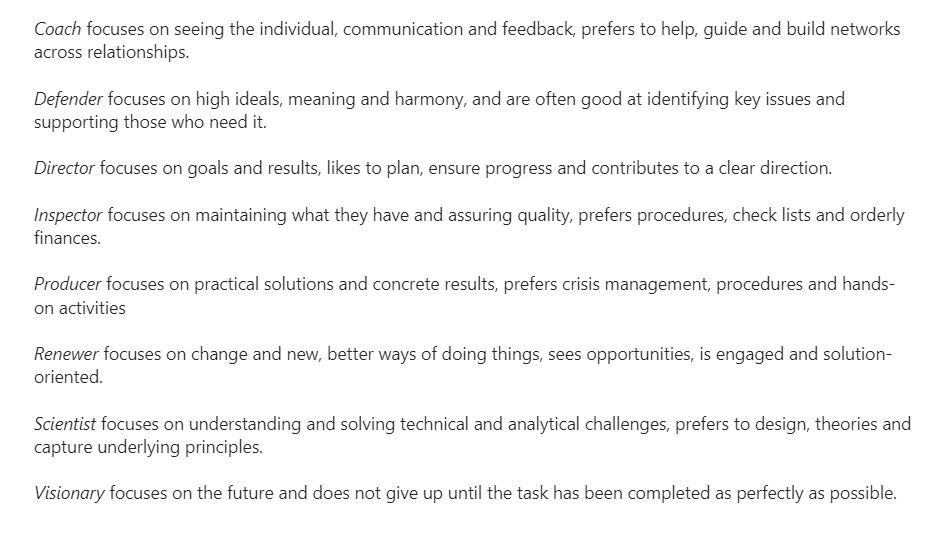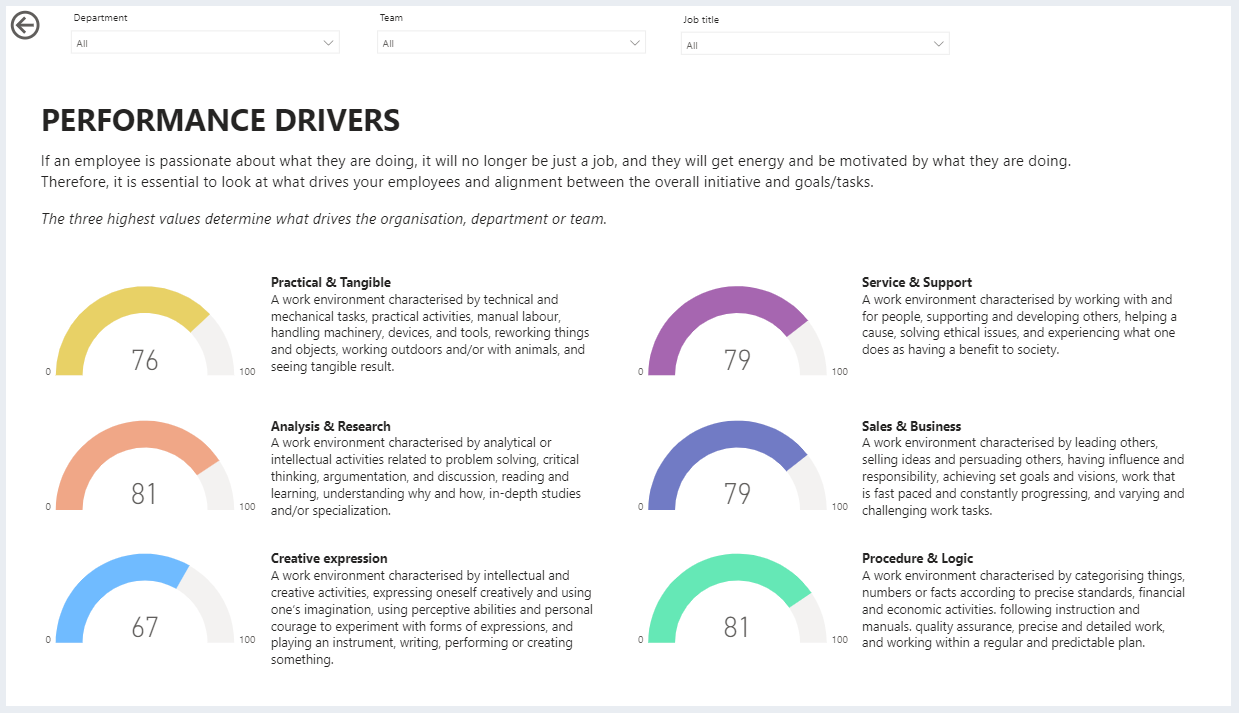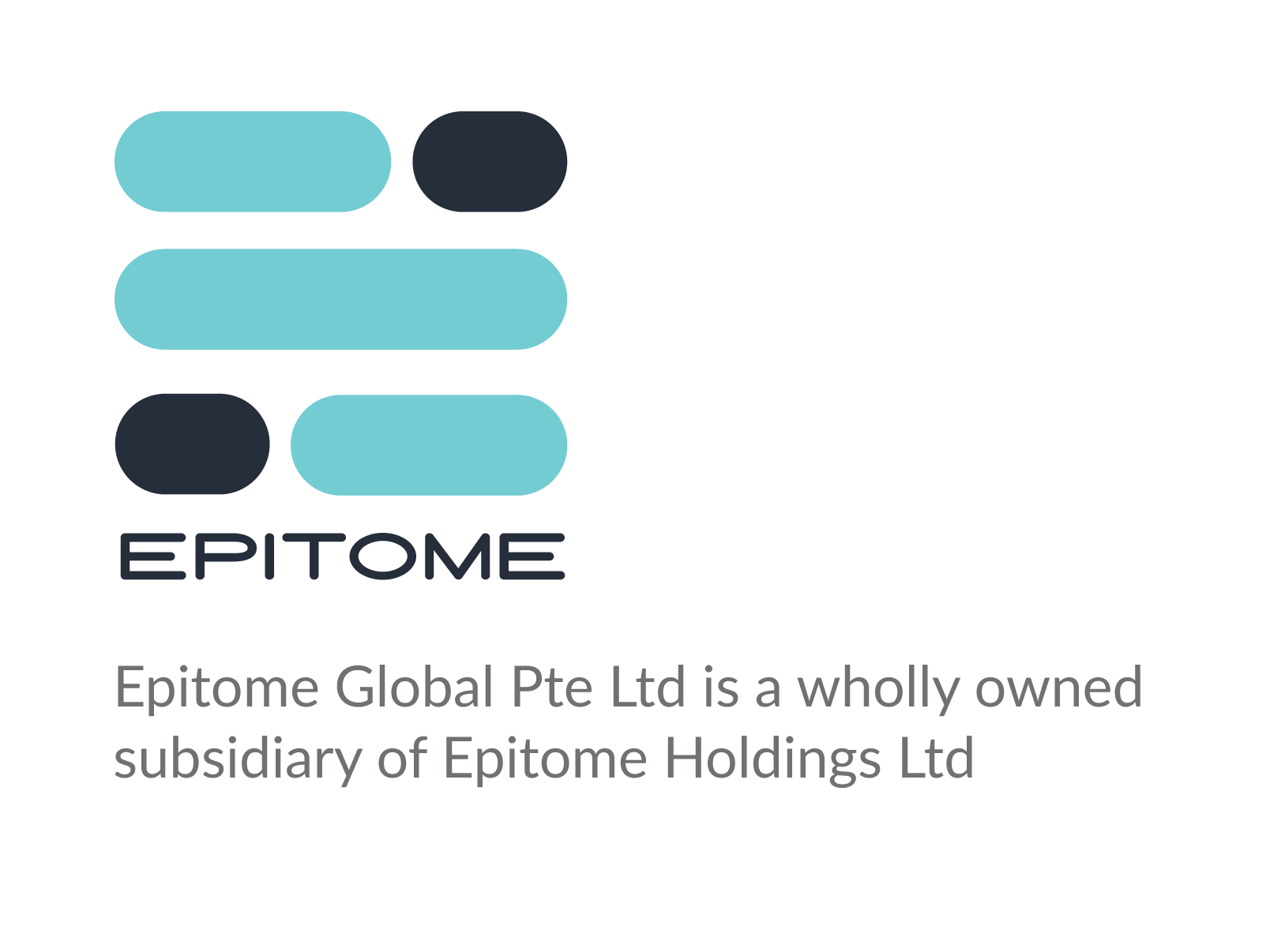Catalyst Engage give leaders and HR decision makers deep, multi-faceted insights into their workforce's talent profiles, making it a highly useful tool when putting together teams.
READING TIME
[5 – 10 mins.]
There are different reasons for assembling teams but in each case, talent data, such as the talent data you find in Catalyst Engage, can be helpful in shaping just the right combination.
Teams can be a permanent group, such as a functional team within the organisation or they can be temporary, such as when you need to have team work on a special project.
The most important step in assembling a team is to decide what the outcomes are you expect the team to achieve. Having this clearly in mind allows you to use data from Catalyst Engage to select the right people for the team.
Behind team ‘chemistry’
People often talk about a team having a special ‘chemistry’. By that, they mean the special combination of attributes in the team that goes beyond just the skill sets and functional responsibilities of each individual member. Sometimes it seems quite tricky to pinpoint exactly what makes this chemistry work and harder still to reproduce it in other teams.
Catalyst Engage makes the process of building a highly effective team more transparent and more reliable. In other words, it’s a catalyst for creating team chemistry. Each employee has a unique Catalyst profile that indicates their career interests, work preferences, work values and motivations. By comparing these factors against the expected team outcomes, leaders can balance the team to ensure the right blend of personality traits and motivational factors.
"Catalyst Engage makes the process of building a highly effective team more transparent and more reliable. In other words, it's a catalyst for creating team chemistry."
Building teams using Catalyst Engage Group Dynamics
The Dynamics dashboard in Catalyst Engage allows you to see your team’s deep motivational alignment to personality-aligned behaviours. To make these clear, Catalyst assigns people a role: Coach, Defender, Director, Inspector, Producer, Renewer, Scientist, Visionary. Each role type suggests an area of strength when that person is focused on aligned tasks.

Catalyst Roles from the Catalyst Engage Dynamics dashboard
For a sales team, for example, you will want highly enterprising team members who thrive on making connections with people and nailing a deal. But you might also find that the difference between a good sales team and a great one lies in having someone on the team who is extremely detail and process oriented. Having someone with an Inspector profile on the team means that there is someone who gets energy from working with the sellers to ensure that all due processes are followed, important sales data is captured and that the documents, contracts and other assets the sellers need is ready at hand and in order. Not only does this ensure quality for your customers, but it frees up your go-getters to focus on what they do best.
Striking the right balance
Let’s look at another example. Suppose there is a need for a project team to look into how your company can make better use of digital platforms in its sales processes. The starting point is to understand the high level outcomes of this project team. There will be a strong need for people who are innovative and future-thinking but also a need for others who are technical or oriented towards processes to balance out the discussion. It makes sense to have representatives from Sales, Operations and Technology on the team. But which people should you choose? Catalyst Engage Dynamics dashboard is a great place to start when deciding exactly who you should have on your project team. In this case you would most likely be looking for Renewers, who thrive when tackling questions of ‘how could this be done better?’
It’s important to note that each area of strength is also an area of potential weakness. Renewers thrive in discussions which invite ideas and innovation but on the flip side, Renewers have a tendency to lose interest and motivation when charged with making those ideas operational and process-driven. For that, you would probably want to have a Director or Producer working on the team. Their strengths are in setting and meeting goals and getting practical solutions in place.
Similarly, if the team was stacked with Producers, you might find that they focus too much on the existing processes and day-to-day practicalities within the organisation rather than throw open to discussion to untested solutions.
This is where balancing the team comes into play.
You don’t need every type represented on you team. The key to the decision lies in understanding the goals and expected outcomes for the team and building your team accordingly.
Clarifying the picture
Other profile elements from Catalyst Engage can be used to further clarify the picture. By looking into the Catalyst Performance Drivers dashboard, for example, you can pinpoint people who area naturally driven and energized by a particular type of activity.
Looking for people to work on a Corporate Responsibility or Community Outreach project? Start with your teams that are highly oriented to Service & Support.
Want to tighten up your business processes? Look for people with a strong orientation towards Procedure & Logic.

The Catalyst Engage Performance Drivers Dashboard
Catalyst Engage talent data makes it easier and faster to decide who will work best in your teams and for what reasons, backed by validated data from Catalyst Profiles. Catalyst Engage helps you get more from your talent pool by looking beyond just functional roles and towards those ‘invisible’ factors that make the difference between the merely ‘good’ and ‘great’ teams.
Image by MARVEL STUDIOS

Sean Sutton
Sean is the Head of Marketing, UX and Design at EPITOME.
Sean has over 15 years’ experience developing ed tech SaaS based solutions for leading international content providers.
Looking for ways to improve the talent management in your organisation and achieve better outcomes from your teams?

